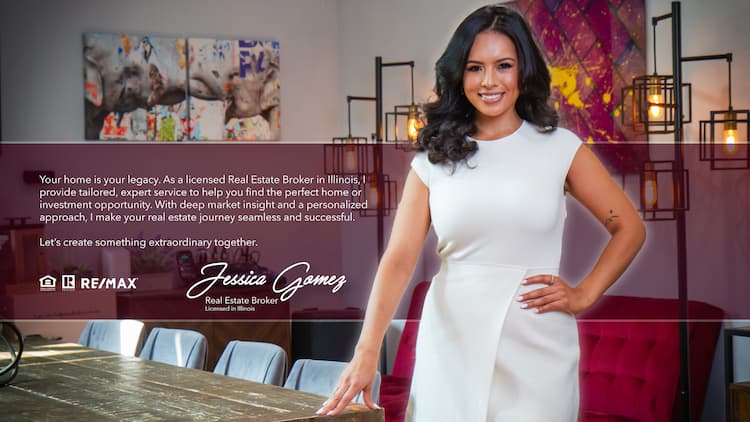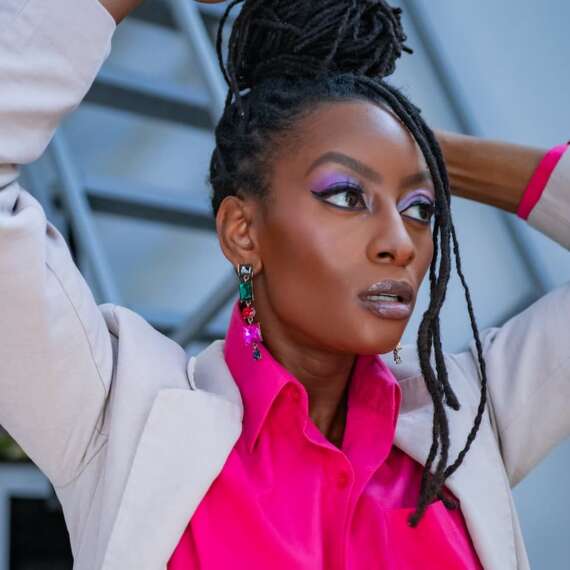Logos once ruled fashion. A monogram could sell a handbag, define a decade, and turn initials into an economy. But the rules of influence have changed. In the post-logo era, cultural credibility is worth more than any pattern or print. The real question brands now face isn’t how visible they are, but how relevant they feel.
You can see the shift in valuation reports across the industry. Interbrand’s 2024 Best Global Brands study revealed that cultural connection now drives nearly 40% of total brand strength in fashion—a metric once dominated by awareness and sales. The most valuable names in luxury aren’t necessarily the loudest. They’re the ones that understand context. Cultural fluency has become the new financial asset.

That’s because relevance is harder to measure, but impossible to fake. Visibility can be bought; belonging cannot. When a brand aligns authentically with a moment, movement, or mindset, it gains an equity that outlasts campaigns. Think of how Telfar transformed from a niche label to a global symbol of access and community. The brand didn’t rely on traditional luxury markers—it built value through inclusion. Its “not for you, for everyone” philosophy created emotional ownership that no marketing budget could replicate.
Collaborations have become the modern exchange rate for this kind of credibility. In 2023, Gucci’s partnership with Palace generated nearly $70 million in earned media value within two weeks, according to Launchmetrics. But what made it powerful wasn’t reach—it was resonance. The collaboration bridged two audiences with shared values, not just shared aesthetics. Each drop felt like a cultural handshake between old luxury and street heritage. The real payoff wasn’t short-term sales but long-term legitimacy.
American brands are catching on. Instead of chasing followers, they’re building ecosystems. Fear of God, founded by Jerry Lorenzo, has positioned itself at the intersection of faith, sport, and sophistication—three worlds rarely blended this well. Its collaborations with Adidas and Ermenegildo Zegna weren’t about visibility but value alignment. Each partnership deepened the brand’s story. In doing so, Lorenzo built equity not through volume but through virtue—an increasingly rare commodity in an oversaturated market.

The resale economy has become one of the clearest indicators of this shift. According to The RealReal’s 2024 Luxury Resale Report, items that reflect cultural moments appreciate faster and retain higher resale value than those that rely on branding alone. A vintage Margiela Tabi boot holds value not because of its logo, but because of its mythology. Culture creates collectability. The secondary market, once a threat to luxury, now validates it.
The irony is that as fashion becomes more global, relevance is becoming more local. Brands that understand nuance—how youth culture in Chicago differs from Seoul or Lagos—are outperforming those chasing universality. Nike’s recent campaigns have leaned heavily into regional storytelling, amplifying community-led initiatives over global slogans. Luxury houses are now hiring cultural strategists alongside creative directors, recognizing that influence depends as much on anthropology as aesthetics.
For investors and founders, this poses a challenge: how do you quantify cultural capital? Valuation firms like Brand Finance are beginning to integrate social impact data, earned media resonance, and community engagement into their metrics. But numbers only tell part of the story. The deeper truth is that relevance grows through relationships. The brands that last are the ones that invest in conversation, not just conversion.

For you—whether you’re building a brand, managing one, or buying into one—the lesson is clear. Value isn’t created by what a logo says; it’s created by what a brand means. Cultural relevance isn’t a trend to be chased; it’s a trust to be earned. Every decision—from who you collaborate with to how you communicate—either builds that trust or erodes it. In an industry obsessed with visibility, discernment has become the rarest skill.
The future of fashion equity won’t be measured in followers or billboard impressions but in belonging. Brands that understand culture not as a backdrop but as a partner will thrive. The rest will fade into the noise. Relevance is the hardest currency because it can’t be counterfeited—it must be lived, every day, in every choice. And that, more than any logo, is what defines luxury now.











